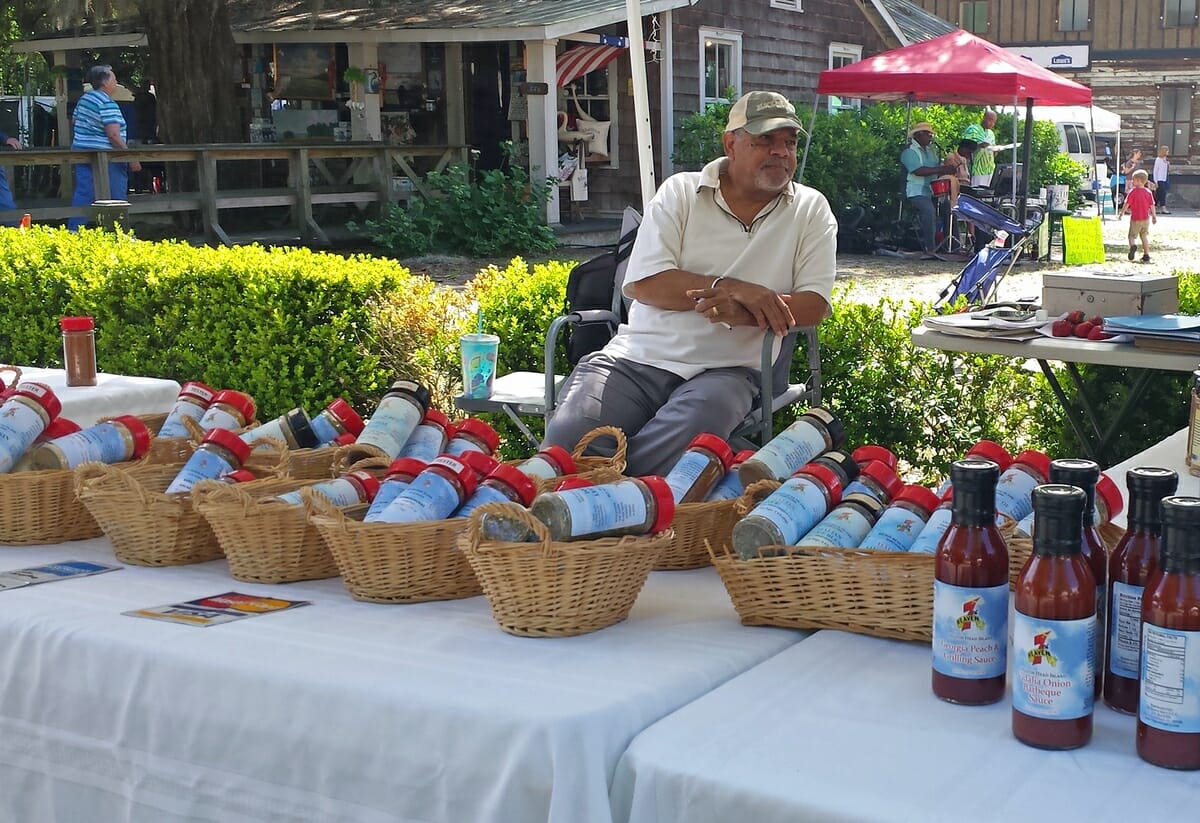By Celia Strong
Years ago, someone took a photo of me pointing to this sign. Unfortunately, it was more than 30 years ago, when pictures got taken with cameras and then lost. Nonetheless, I learned certain wine skills in this wine cellar. But we’ll get to that later. Now we have our lesson. Our winery. And our wine.
We’re going to the Burgundy region of France. This region is known for its great red wines made from Pinot Noir and great white wines made from Chardonnay. It runs north to south on the eastern side of France. From Chablis in the far north, south to the Côte d’Or, which includes the Côte de Nuits and the Côte du Beaune, and further south to the Mâconnais and the very southern Beaujolais. The Mâconnais is where we are going.
The wines from the Mâconnais are mostly white. Unlike those of the Côte d’Or, these wines are not as “great” or as expensive. Some of the Chardonnays from the Côte d’Or are rated Grand Cru and Premier Cru and can cost $1,000 or more. Per bottle. The Mâconnais does not have any Grand Cru or Premier Cru wines, but they do have a definite hierarchy. From lesser to better, the AC levels of Mâcon wines are Mâcon, Mâcon Supériore, Mâcon-Villages, Viré-Clessé, Saint Véran, Pouilly Vinzelles and Pouilly Fuissé.
Our white Mâcon wine is a Saint Véran. Centuries ago, this name, Véran, had a “d” on the end of it, but AC laws have made the wine name Saint Véran. There are six communes that can produce these wines – Chânes, Chasselas, Davayé, Leynes, Prissé and Saint Vérand. AC status for Saint Véran was granted in 1971. This appellation is located in the southern Mâconnais, right next door to Pouilly Fuissé vineyards. It shares a soil type with the better appellation, chalk and clay. There are about 1,700 acres where the grapes can be labeled Saint Véran wines.
Saint Véran wines are a pale golden yellow when young. Often, they are capable of aging and improving. Typically, the aromas are subtle peaches and pears, with acacia, honeysuckle, almonds, hazelnuts, cinnamon, butter and even honey. Sometimes exotic tropical fruits and citrus like oranges are there too. These wines are dry, but round in your mouth with a crisp minerality. An interesting and enticing combination of acidity and fatness. Before 1971, many white Burgundy fans and experts recognized the quality of these wines and would search out producers from the six communes.
Our Saint Véran this week comes from the house of Joseph Drouhin. It’s hard to read the old plaque on their front door, but that’s what it says. This house was founded in 1880. Joseph originally came for Chablis, in northern Burgundy, but moved to the town of Beaune in the southern Côte d’Or for his business. Over the years, and with each new generation, Maison Drouhin acquired more vineyard holdings in the region. This and their passion for excellence and knowledge has made them one of the very top quality producers in Burgundy.
The Drouhin Saint Véran is made from grapes they grow and purchase from other growers under long-term contracts with Drouhin. Yields on all these vineyards are kept purposely low so that all the nuances from where they are grown will show in the wines. The harvested grapes are slow pressed to allow the fruit’s flavor to shine. This Saint Véran is a superb example of the wines this appellation can make. Experts always say the Drouhin Saint Véran is as close as you can get to a Pouilly Fuissé without buying one. A high recommendation. And a huge financial savings.
What else can we learn today? If you go back to where we started, at the front door to Maison Drouhin, we can share another wine lesson. The cellars here, under the house, where they take visitors to taste, have a damp dirt floor. And, since they are not open to the public, we have to assume those visitors are somewhat experienced in tasting. Fancy tasting rooms or dirt cellars. Experienced tasters tend to spit out the mouthfuls of wine they taste. Keeps them more sober. In a fancy tasting room this can be hard because the “less initiated’ don’t spit. And they stare at those who do. In a dirt cellar, spitting becomes much easier. You can just turn your head away from your group and spit. With practice you can even learn how to spit away from yourself so you don’t dribble. This is what I learned all those years ago under the house of Drouhin. Although, now, when I have a wine like the Drouhin Saint Véran, there is no more spitting. For $19.99. Enjoy.
Celia Strong works at Bill’s Liquor & Fine Wines.



